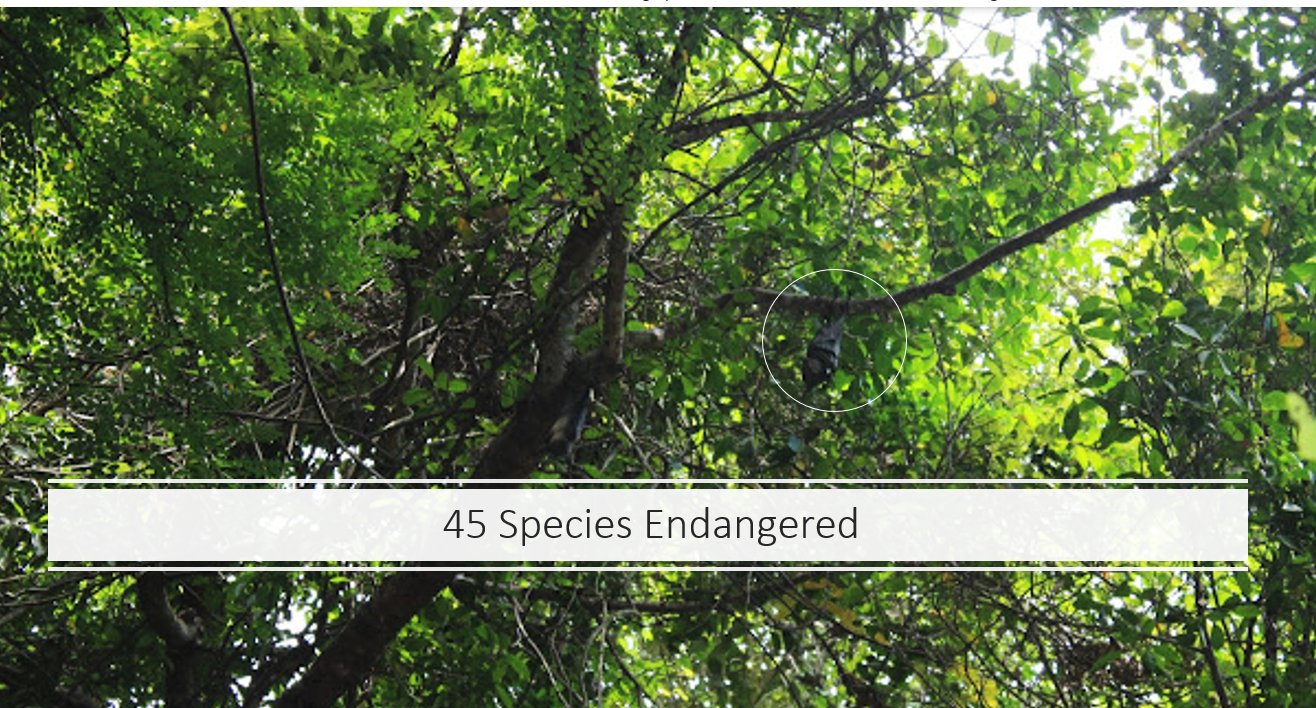As the world grapples with the increasingly evident effects of climate change, the focus in 2025 is expected to be on "Adapting and Advancing: Nature and Technology in Harmony". This potential theme for Climate Change Progress 2025 reflects the dual need for resilience and innovation in the face of the challenges projected for 2050 and beyond.
 |
| Between 2030 and 2050, WHO estimates that climate-sensitive diseases, including malaria, will cause 250,000 more deaths each year. THE GLOBAL FUND |
Building Resilience Through Nature-Based Solutions
The projections for 2050 paint a stark picture: rising sea levels, more frequent and intense extreme weather events, and disruptions to ecosystems. However, the theme of "Adapting and Advancing" emphasizes the importance of nature-based solutions.
Preserving and restoring forests, mangroves, and wetlands can play a crucial role in mitigating climate change impacts. Forests sequester carbon, reducing greenhouse gases in the atmosphere.
Mangroves and wetlands act as natural barriers, protecting against coastal erosion and storm surges. Restoring these ecosystems not only promotes biodiversity but also builds resilience for communities facing the brunt of climate change.
Bridging the Gap with Technological Advancements
The theme also acknowledges the potential of technological advancements in addressing climate change.
The rapid development of renewable energy sources like solar and wind power is crucial for reducing our dependence on fossil fuels, the primary source of greenhouse gas emissions. Additionally, advancements in carbon capture and storage technologies could help offset remaining emissions, preventing them from entering the atmosphere.
Embracing these innovations alongside nature-based solutions offers a path towards a more sustainable future.
Climate Change Projections 2050
Climate change projections for 2050 paint a concerning picture if we don't take significant action to reduce greenhouse gas emissions. Here's a breakdown of some of the key projections:
- Temperature Increase: Global average temperature is projected to rise by 1.5°C to 4°C (2.7°F to 7.2°F) by 2050 compared to pre-industrial levels. This increase will have a domino effect on weather patterns and ecosystems.
- Sea Level Rise Sea levels are projected to rise by 0.3 to 0.8 meters (1 to 2.6 feet) by 2050. This rise will threaten coastal communities, inundate low-lying areas, and disrupt ecosystems.
- Extreme Weather Events: More frequent and intense heatwaves, droughts, floods, wildfires, and storms are expected. These events will cause widespread damage to infrastructure, displace populations, and disrupt food production.
 |
| Unusual floods in Dubai / April 2024 |
- Ocean Acidification: Increased absorption of carbon dioxide by the oceans will make them more acidic. This will harm marine life and disrupt the ocean's role in regulating climate.
- Mass Extinctions: Climate change could accelerate the rate of extinction of plant and animal species, disrupting ecosystems and impacting biodiversity.
These projections are not set in stone. The actual outcomes will depend on the choices and actions taken in the coming years. By focusing on reducing emissions, investing in renewable energy, and implementing adaptation strategies, we can mitigate the worst impacts of climate change and create a more sustainable future.
The Road Ahead: Adapting While Aiming High
While the projections for 2050 raise serious concerns, they also serve as a call to action. The progress made by 2025 in terms of emission reductions and adaptation strategies will significantly influence the severity of climate change impacts in the decades to come.
By focusing on adapting and advancing, we can build a more resilient future, protecting both our planet and its inhabitants. This requires international cooperation, strong policies, and continued investment in clean technologies and natural resource conservation.
By working together, we can navigate the challenges of climate change and create a more sustainable future for generations to come.






